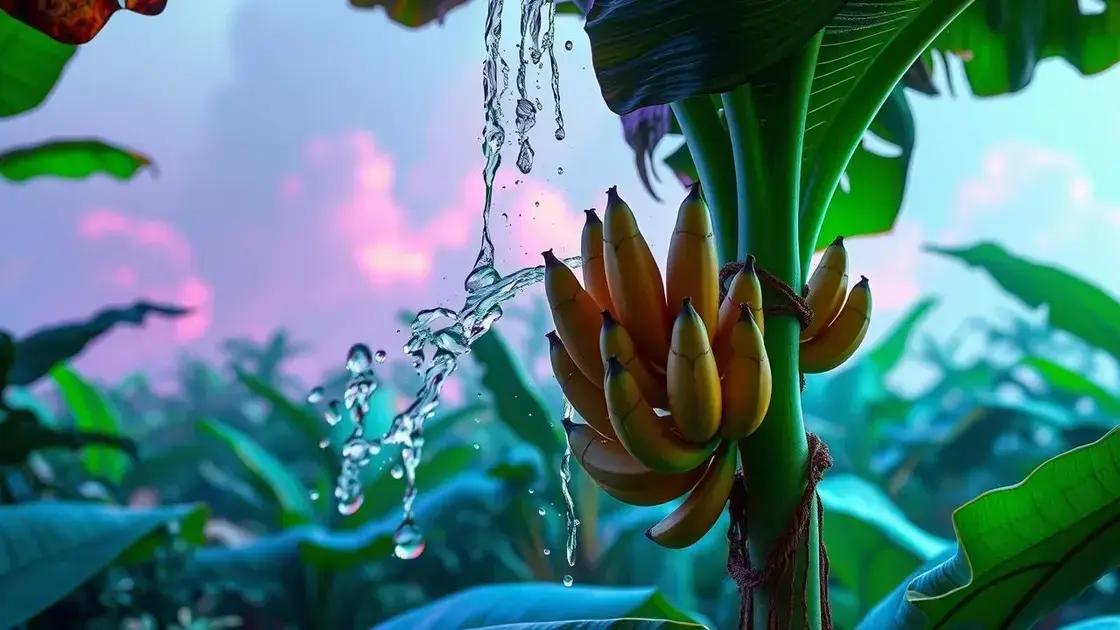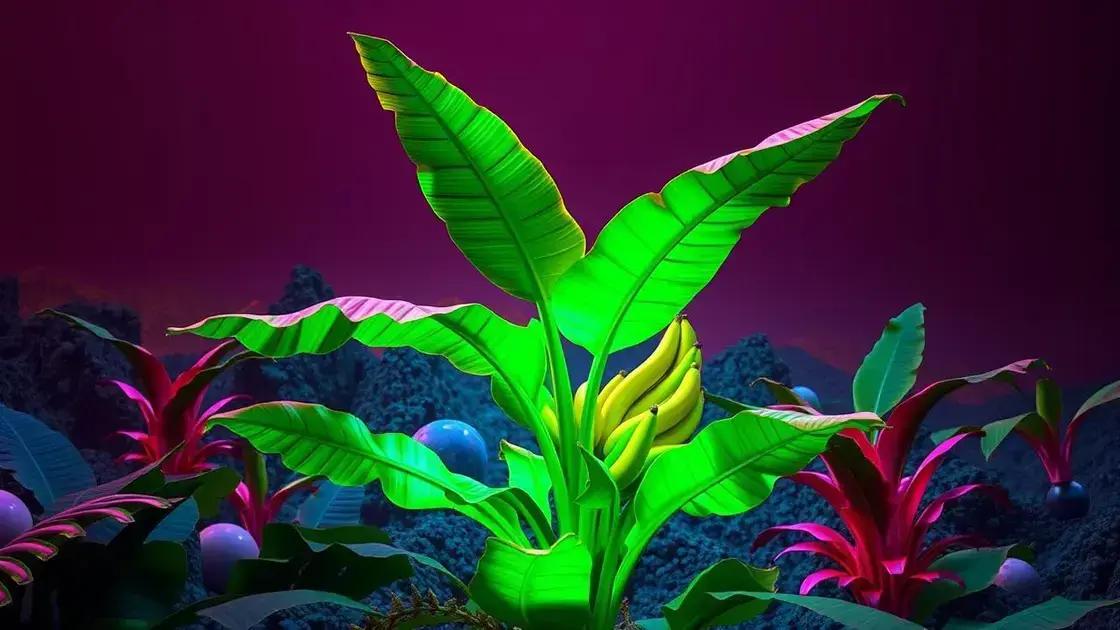How to Care for a Dwarf Banana Plant: 7 Secrets for Thriving Growth
How to care for a dwarf banana plant can be a rewarding experience, filled with lush greenery and potential fruit. You’ll want to explore various care techniques that ensure your plant flourishes indoors or out. Discover how to create the ideal conditions for your dwarf banana plants with simple, practical tips that will help you become a proud banana guardian.
Table of Contents
ToggleEssential soil requirements for a thriving dwarf banana plant
Essential soil requirements for a thriving dwarf banana plant include well-draining, nutrient-rich soil. The right soil composition is crucial for the healthy growth of your dwarf banana plants, ensuring they receive the optimal conditions for root development and moisture retention.
Banana plants thrive best in a soil mix that is:
- Rich in organic matter
- Well-draining
- pH balanced (between 5.5 and 7.0)
To achieve this, consider the following soil components:
- Compost: Enhances nutrient content and improves moisture retention.
- Perlite or vermiculite: Provides aeration and drainage, preventing waterlogging.
- Peat moss: Helps retain moisture while keeping the soil light and fluffy.
- Sand or crushed granite: Aids in drainage and adds texture to the soil mix.
When mixing your soil, aim for a ratio of:
| Component | Ratio |
|---|---|
| Compost | 40% |
| Perlite/Vermiculite | 20% |
| Peat Moss | 30% |
| Sand/Crushed Granite | 10% |
By ensuring the right soil mixture, you can create a thriving environment for your dwarf banana plant. Regular testing and adjustments can optimize your soil’s performance over time. If you’re experiencing issues with your banana plants, check out this exploring indoor gardening techniques for troubleshooting advice.
In conclusion, nurturing your dwarf banana plant begins with the right soil requirements. With the proper mix, you can cultivate healthy plants that reward you with lush foliage and, eventually, delicious fruit.
Watering tips to keep your banana plant healthy

Watering tips to keep your banana plant healthy are essential for maintaining vibrant growth. To ensure your banana plant thrives, you must pay close attention to its watering needs.
Banana plants require consistent moisture, but overwatering can lead to root rot. Here are some effective tips:
- Water deeply but less frequently.
- Check soil moisture with your finger before watering.
- Water in the morning to allow foliage to dry.
- Consider using self-watering pots for consistency.
Understanding the signs of both overwatering and underwatering is also vital:
- Overwatering: Yellowing leaves, wilting, and root rot.
- Underwatering: Browning leaf edges, wilting, and stunted growth.
A good rule of thumb for watering frequency is:
| Condition | Watering Frequency |
|---|---|
| Hot, dry weather | Every 2-3 days |
| Warm, humid weather | Every 4-5 days |
| Cool, damp conditions | Once a week |
Additionally, using rainwater is beneficial as it is free from chemicals found in tap water, which can harm the plant over time. If you run into issues such as yellowing leaves or stunted growth, consider exploring indoor gardening techniques for troubleshooting.
In summary, watering your banana plant correctly will promote a healthy and thriving specimen.
Common pests and how to manage them effectively
Common pests and how to manage them effectively are crucial for the health of your dwarf banana plant. Being aware of potential pests is the first step in protecting your plant from damage.
Some of the most frequent pests that may infest your banana plants include:
- Spider mites
- Mealybugs
- Fungus gnats
- Scale insects
To manage these pests successfully, here are some effective strategies:
- Regular Inspection: Check your banana plants weekly for signs of pests.
- Natural Predators: Introduce beneficial insects like ladybugs to keep pests in check.
- Neem Oil: Spray neem oil as a natural pesticide to disrupt pest life cycles.
- Pest Barriers: Use physical barriers like nets to protect your plants from infestations.
In addition to these strategies, addressing underlying cultural practices can help minimize pest problems:
| Practice | Benefits |
|---|---|
| Maintaining proper drainage | Prevents stagnant water that attracts pests |
| Using clean tools for pruning | Reduces the spread of pests and diseases |
| Providing adequate spacing | Improves air circulation and deters pests |
Monitoring your plants and responding quickly to any infestations are key to protecting your banana plants. If you encounter persistent issues, consider exploring indoor gardening techniques for additional solutions and strategies.
By following these pest management practices, you can ensure the health and productivity of your dwarf banana plant.
In conclusion
Caring for a dwarf banana plant requires attention to several key factors, including essential soil requirements, proper watering techniques, and effective pest management. By understanding these elements, you can create an optimal environment for your plant to thrive, resulting in lush foliage and delicious fruits. Always stay vigilant and monitor your plant for any signs of distress, addressing issues promptly. For further insights, don’t hesitate to check tips on enhancing your indoor garden to expand your knowledge.

